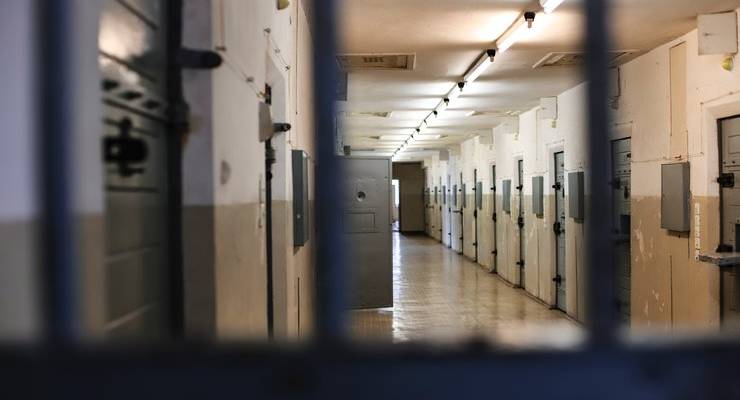
More than 400 Indigenous Australians have reportedly died in police custody since the royal commission in 1991.
According to 2018-2019 findings from the Guardian:
- The proportion of Indigenous deaths where medical care was required but not given increased from 35.4% to 38.6%
- The proportion of Indigenous deaths where not all procedures were followed in the events leading up to the death increased from 38.8% to 41.2%
- The proportion of Indigenous deaths involving mental health or cognitive impairment increased from 40.7% to 42.8%
- The proportion of deaths attributed to a medical episode following restraint increased from 4.9% to 6.5%
- Indigenous women were less likely to have received all appropriate medical care prior to their death, and authorities were less likely to have followed all their own procedures in cases where an Indigenous woman died in custody.
According to the Australian Bureau of Statistics, the number of Indigenous people in the prison system has increased from 19% in 2000 to 30% in March this year.
The proportion of Aboriginal and Torres Strait Islander prisoners who were in prison but not sentenced also increased by 3% since December 2019. Those sentenced decreased by 4% since December 2019.
Of all states and territories, Aboriginal and Torres Strait Islander imprisonment rates were highest in Western Australia at 4,118 persons per 100,000 adults in the Aboriginal and Torres Strait Islander population; and lowest in Tasmania at 740 persons.
According to the same data, there has been a steady increase in the number of Aboriginal and Torres Strait Islander persons who are in the community-based correction system.
According to reports, recent protests across Australia have prompted a review of the Closing the Gap scheme, which seeks to lower the number of Aboriginal and Torres Strait Islander people incarcerated.
Officials from state and federal departments will meet Indigenous representative Pat Turner, before deciding on new targets by July 2.








Crikey is committed to hosting lively discussions. Help us keep the conversation useful, interesting and welcoming. We aim to publish comments quickly in the interest of promoting robust conversation, but we’re a small team and we deploy filters to protect against legal risk. Occasionally your comment may be held up while we review, but we’re working as fast as we can to keep the conversation rolling.
The Crikey comment section is members-only content. Please subscribe to leave a comment.
The Crikey comment section is members-only content. Please login to leave a comment.